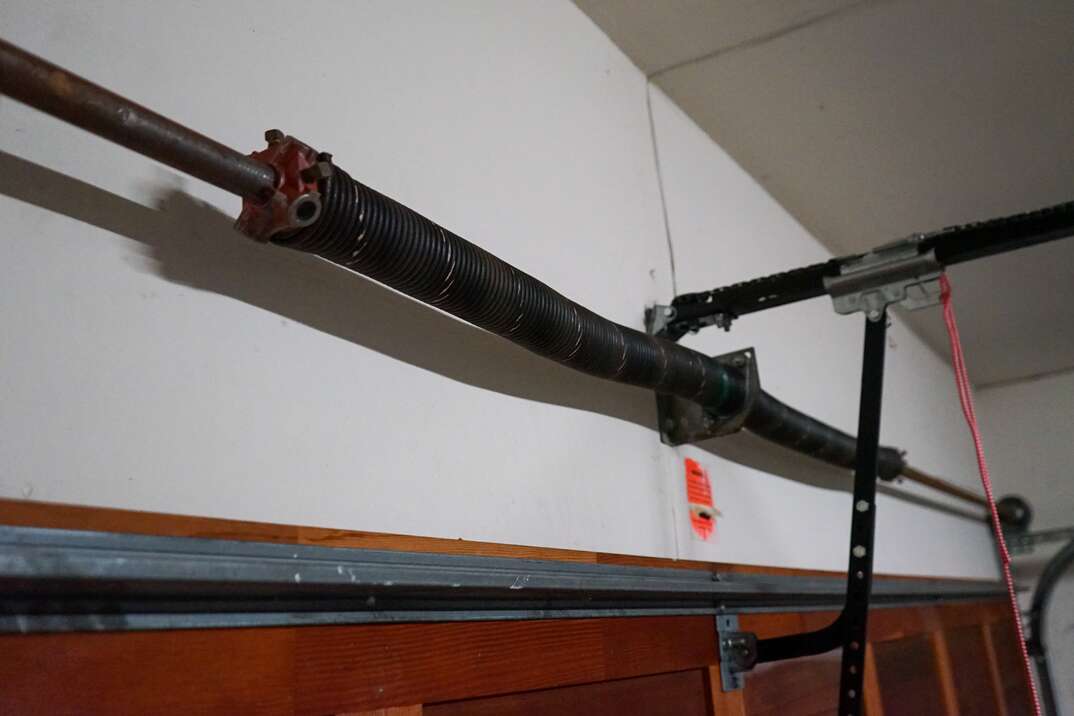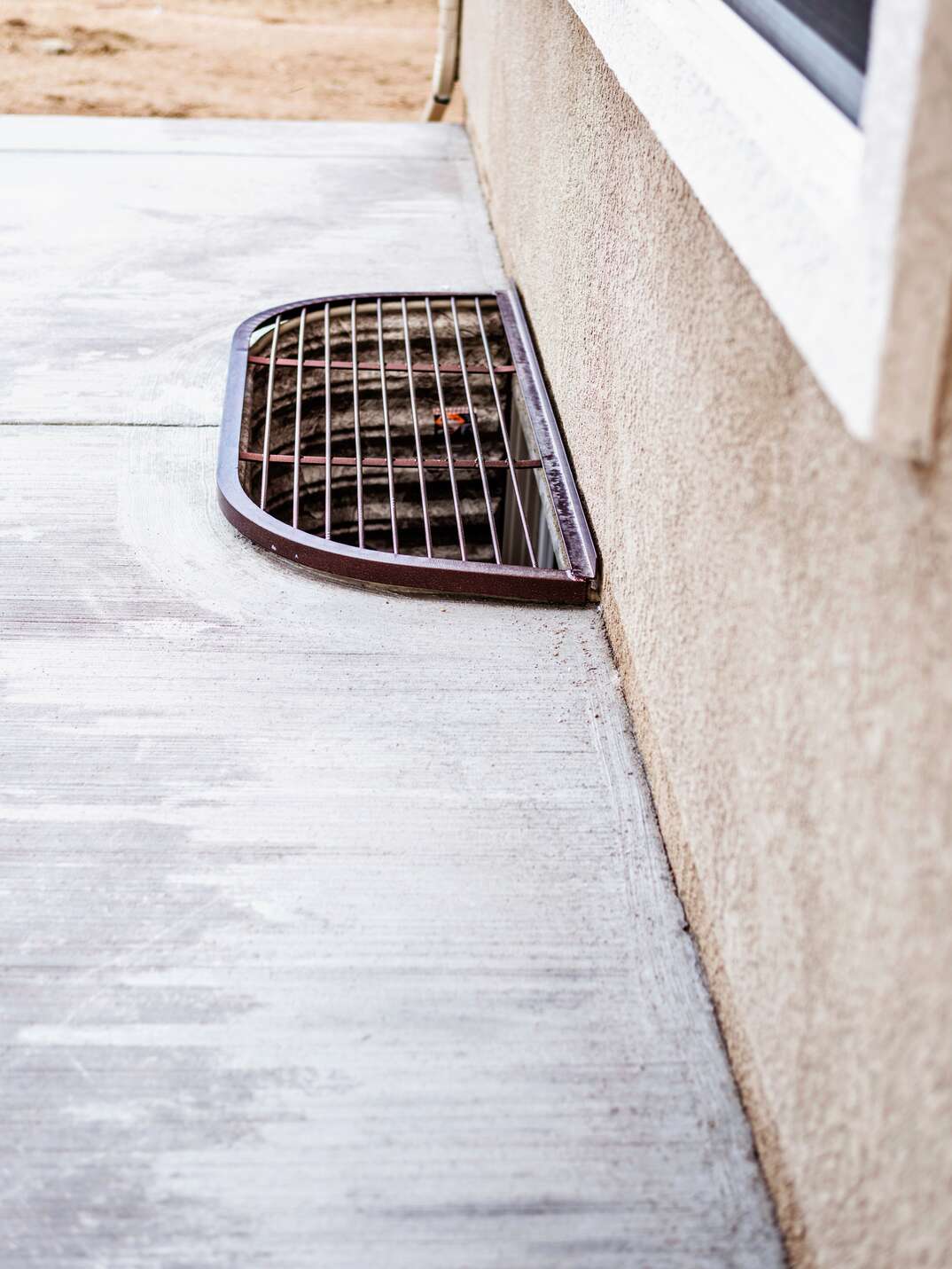How Much Does It Cost to Replace or Repair a Garage Door Spring?

Garage Door Spring Costs at a Glance
- Do-it-yourself: $30-$100
- Professional installation: $200-$300
You’re just about to pull your car out of the garage when you realize the automatic opener isn’t working. You might hear your door is creaking and clunking, but it won’t budge. Luckily, you can pull the emergency cord to lift the door and back your car out, but you won’t want to use the manual opener forever.
This May Also Interest You: How Much Does a Glass Garage Door Cost?
Most problems with garage doors come down to a broken spring. Here’s how to fix it — and how much it’ll cost.
What Does a Garage-Door Spring Do?
Garage-door springs counteract the force of gravity and make the door easier to lift or open. When a garage door closes, tension builds up. That tension is released when the door opens.
These springs also act as safety mechanisms to stop doors from falling on you accidentally. A garage door with a broken or missing spring should not be opened or closed using an automatic opener. In an emergency, you can lift the door manually.
How Much Does It Cost to Replace Garage-Door Springs?
To replace garage-door springs yourself, you will spend $30 to $100 on parts. Or, if you’d prefer professional installation, expect to pay between $200 and $300.
Types of Garage-Door Springs
Garage-door springs fall into two major categories: extension springs and torsion springs. Here’s a quick overview:
Extension Springs
Extension springs are normally long and skinny. They run parallel to the tracks of the door and store energy by extending or stretching when the door is moved.
There are three types:
- Most common: open-looped extension spring
- Double-looped extension spring
- Clipped-end extension spring

Torsion Springs
Depending on the size, weight and strength of your garage door, it can have one to four torsion springs. These springs sit on the metal shaft directly above the door opening. Torsion springs are wound to different torsion settings based on their assembly.
The different types of assemblies are:
- Most common: standard torsion spring
- Early-set torsion spring
- Torque-master torsion spring
How Do You Know Your Spring Is Broken?
Here are some telltale signs your spring is broken:
- Door is heavy and hard to open
- Door is crooked or bent at the top
- Door won't stay up by itself
- Pulley and safety cables are loose and hang down
- Spring unwinds and makes loud noises
- Door makes jerky movements while opening
- Door slams down while closing
- Manual emergency rope does not work
- Door goes up but safety lock prevents it from going down
What Causes Springs to Break?
There are a lot of reasons that a spring may break. Some of the top reasons include:
- Rust
- Lack of lubrication
- Installing cheap, low-quality springs
- Extreme temperatures
- Regular wear and tear
More Related Articles:
- Garage Door Replacement Costs
- 5 DIY Garage Door Makeover Ideas
- Considering an Epoxy Garage Floor? You’ll Want to Read This First
- How to Program a Garage-Door Opener: A Step-by-Step Guide
- DIY Tips for Organizing Your Garage
Replacing Extension Springs
Replacing your extension springs is a common DIY project. The following steps walk you through how to replace one:
- Open the garage door to remove the spring tension and clamp the door in place.
- Disconnect the garage-door opener.
- Use tape to mark the current placement of the pulley.
- Disconnect the spring from the track bracket and pulley, then disconnect the safety cable from the old spring.
- Identify the spring replacement you will need based on the weight of your door. Extension springs are color-coded to indicate the amount of weight they can lift.
- Thread the safety cable through the new spring and attach the spring to the track bracket.
- Reattach the safety cable and the pulley, making sure the pulley cable is away from the safety cable. Use the piece of tape you placed earlier to ensure your pulley is in the correct position.
- Remove the clamps and reconnect your garage-door opener.
- Test the garage door with the new springs to see if it works correctly. If your door is closing too quickly or not closing fully, try adjusting the pulley and the extension spring hardware.
Replacing Torsion Springs
Because torsion springs are under a great amount of tension, they are much more difficult to replace — and a lot more dangerous. The spring can snap and fly around, causing injury or damage to your home or vehicles. Most experts recommend professional installation of torsion springs.
How Long Do Garage-Door Springs Last?
New springs should last you seven to 14 years, depending on how often you use your garage.
Extend the Life of Your Springs
You can extend the life of your springs by cleaning the door tracks with WD-40. This removes the wax-like build-up, grease and debris. You can also lubricate the springs with a silicone-based lubricant to prevent rust and corrosion. Lubricate your door hinges on the inside of the door where it bends as the door lifts.
Lastly, check the balance by switching the door opener to manual mode and opening the door by hand. If your door won't stay open by itself or is hard to open and close, it’s time to replace your springs.
Since we’re all home now more than ever, being prepared for unexpected home repairs with a plan from HomeServe is important. Having a plan in place gives you the peace of mind knowing that you can simply call our 24/7 repair hotline for covered breakdowns. See what plans are available in your neighborhood.

.jpg)
